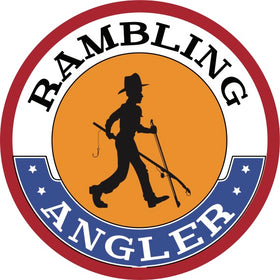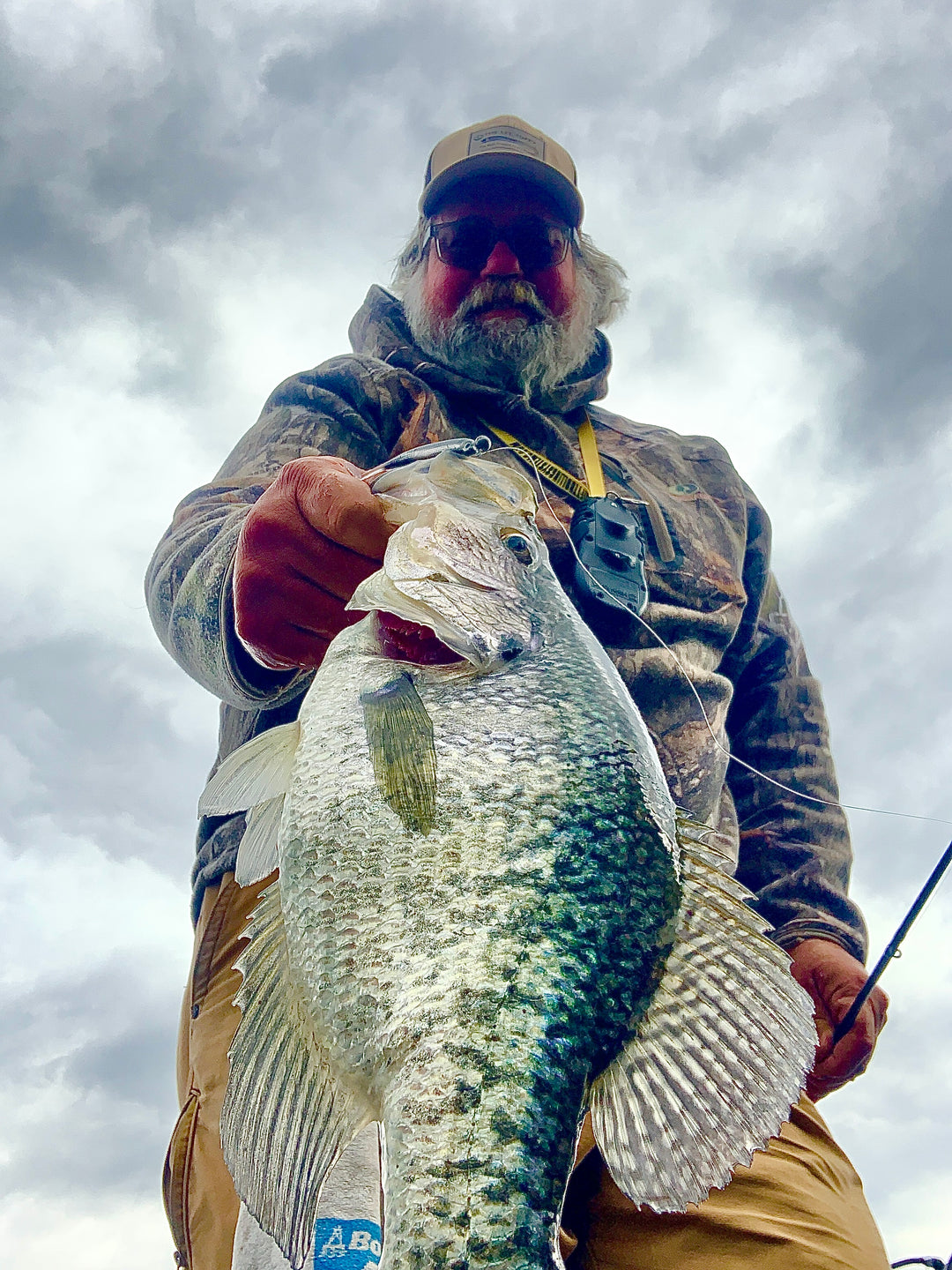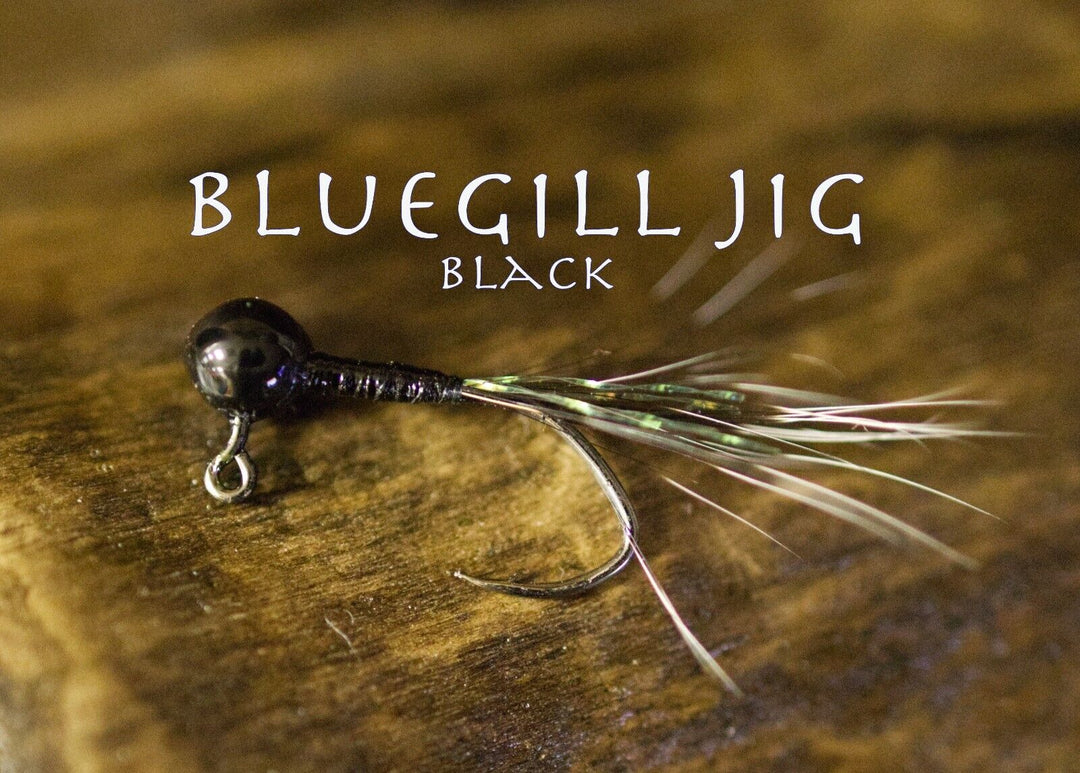Using Forward Facing Sonar for Bluegills
When forward-facing sonar hit the market, it was all the rage. After a year or two, people started to settle into one of two groups: lovers and haters of forward-facing sonar. I have to admit that I was in no hurry to buy the new contraption, that is, until I fished with it at one of the writer’s camps that I attended. Within 3 days, I had purchased and installed the unit on my boat and couldn’t be happier. Now that we have “where I stand on FFS,” let’s get into my newfound technique for catching bluegills.
When discussing using Garmin Livescope or any other forward-facing sonar, the topic is usually perspective mode, at least when targeting shallow water bluegills. While I have seen perspective mode used effectively for locating bluegill beds and bluegills as well, I have yet to master it and don’t use it at all, even in shallow water. Just yesterday was the first time I tried using Livescope to catch bluegills and it worked great.
When water temps are in the mid-sixties, bluegills are staging for the spawn. You will find them just outside spawning bays waiting for the right moment to move up to spawn. Some bluegills will just be suspended in the water column roaming open water, others will be locked on cover situated in the first good drop before a shallow bay. In fact, those bluegills that are out roaming open water will often visit said cover and just hang out a few minutes. This explains why fishing the same spot can yield a few catches, but then they shut down and won’t bite. However, suddenly, one of them annihilates your bait. More than likely, this is a new fish that wasn’t aware you were catching its buddies minutes before.
As the water temps rise, the bluegills will move on up into shallow water of say 2-6 feet to spawn. Most forward-facing sonar anglers use the perspective mode to locate beds and bluegills. Since I went to the LVS34 transducer on my Garmin setup, I can locate and cast to bluegills in down mode. You can easily see the bluegill swimming around sometimes alone, but most of the time they will be in a school. I cast the Slab Dragon Panfish Bait and reel it just above the bluegill’s nose. Sometimes you don’t have to be that accurate. I have seen a bluegill swim several feet to attack the Slab Dragon.
Oftentimes, bluegills will spawn in brush and stakebeds. You can see the bluegills swimming around or busy building beds. When you find this, it can be a bite every cast. You can cast into the area without using FFS, but I like to watch the bluegill eat the Slab Dragon, so I watch every cast. It is a fun way to catch bluegills using forward-facing sonar.
When the spawn is over, you can find bluegills swimming in open water heading to their summer haunts. These schools of fish could be many or what I call pods of bluegills, with 6-10 bluegills. Also, big bluegill will patrol the same gravel areas to gorge on insect larva emerging from the gravel to feed or make their way to something they can use to crawl out of the water to become an adult, I feel like the dragonfly larva is the bluegill’s favorite and is what the Slab Dragon represents. Dragging the Slab Dragon over the gravel, during post-spawn, can trigger violent strikes from big bluegill, as well as some feeding Redear that are also feeding on larvae.
















Ken – This looks like a deadly bait for bluegills and redears.
Leave a comment